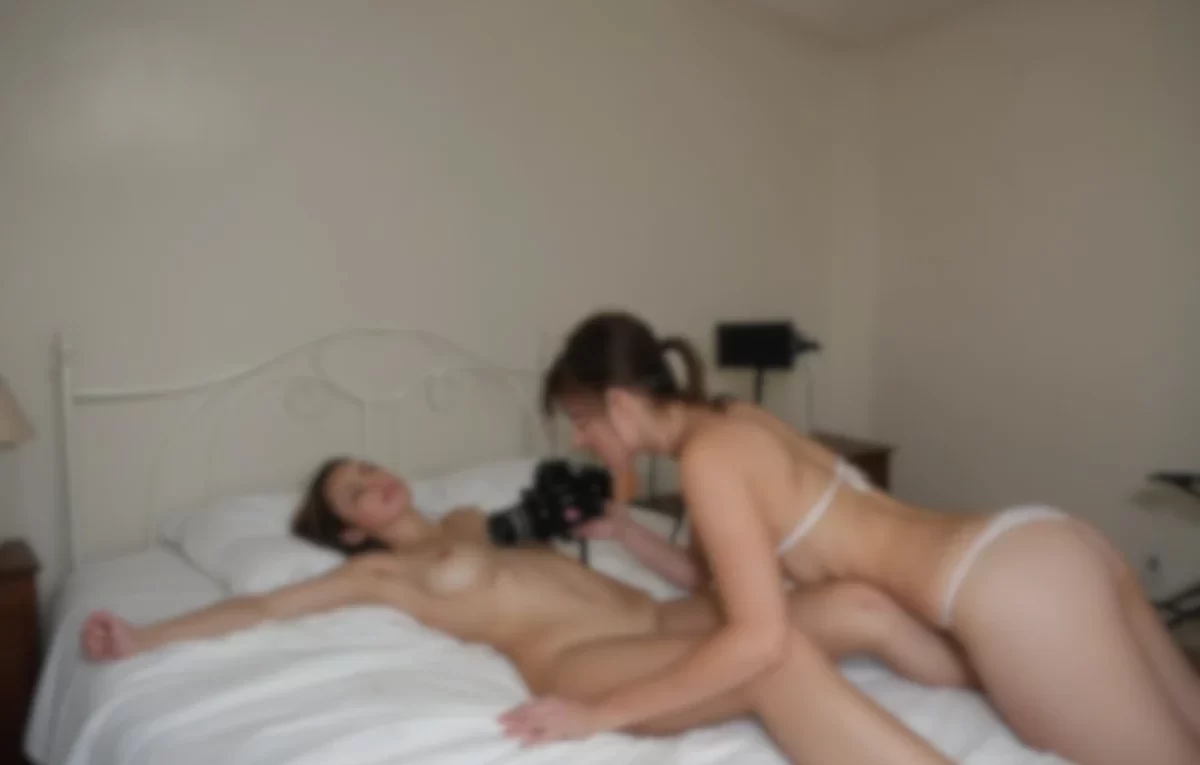On Watching the Sex Cam Industry Change
I’ve been following cam sites for over a decade now, long enough to notice how drastically the landscape has shifted. It’s not something I usually talk about, but writing it down helps me make sense of the feeling I get when I log on today versus the way it used to feel back in the early 2010s.
Back then when places like Livejasmin was the top destination for sex cams, everything felt unfinished, in the best sense of the word. The platforms were clunky, the video feeds often pixelated, but that rawness lent itself to a kind of intimacy. You could strike up a conversation with a model and it wasn’t yet framed by the invisible machinery of “conversion funnels” and “engagement metrics”. It was just two people online, fumbling through a mix of performance and genuine interaction. I remember laughing with strangers, having silly, almost mundane chats in between whatever else was going on. It was natural, even if it was awkward.
But industries don’t stay in that innocent stage forever. Over the last decade, camming has gone through the same arc as many digital platforms: from messy community to streamlined business. What used to feel like a grassroots subculture is now professionalized to a degree that sometimes surprises me. The lighting is better, the audio is crisp, the performers often run their shows with the polish of experienced entertainers. Many treat it like a full-time job, which it often is, complete with schedules, branding, marketing, and loyal fan bases cultivated across multiple (new) platforms like SexCamsBay.
There’s nothing inherently wrong with this, if anything, it shows how much the performers have claimed agency and how the infrastructure has matured to support them. Yet, from a consumer’s perspective, something has shifted. That sense of stumbling into a moment, of experiencing something unrepeatable, is harder to find.
The main culprit, at least in my eyes, is the rise of ubiquitous recording and archiving. Where once a live cam show was ephemeral, gone as soon as it ended, today almost everything is captured, catalogued, and redistributed. The internet has an endless memory, and so the cam show is no longer a moment shared between whoever happened to be online that night; it’s a piece of content, sitting on a server or pirate site, available to anyone at any time. That archive culture has its conveniences. I can revisit shows I missed, but it drains away the sense of presence. Watching a recording never feels the same as logging in at 2am and catching a model mid-conversation, half-awake, half-improvised.
There’s a broader pattern here: we live in a time where everything gets optimized. Streaming platforms, social media feeds, online shops. It’s all carefully tuned to maximize retention and spending. The cam industry has simply followed suit. Algorithms push the “most engaging” models to the top. Pricing schemes nudge you toward subscriptions and tokens. The shows themselves become more formulaic because formulas work; they reduce risk. What we lose in that process is spontaneity.
I can’t help but think of other corners of the internet that have undergone similar transformations. YouTube once felt like a place for grainy bedroom videos; now it’s a high-gloss entertainment network. Instagram was casual snapshots; now it’s curated branding. The live sex cam world is no different. In some sense, we’ve traded authenticity for professionalism, and though the professionalism comes with real benefits, safer environments for performers, more stable income streams, it changes the consumer’s experience in subtle but profound ways.
Part of me wonders whether this is simply nostalgia. Maybe what I miss isn’t the “old days” themselves but my own sense of discovery. Maybe if I were just starting out today, I’d find the polished platforms (SexCamsBay) just as thrilling as the messy ones (Livejasmin) felt a decade ago. But I still think there’s something objectively lost when everything becomes permanent, recorded, and over-engineered. The fragile magic of a live, unrepeatable interaction, the sense that you were in the right place at the right time, can’t really coexist with an industry optimized for scale and replayability.
Sometimes I think the cam sites themselves are victims of their own success. What drew people in initially was the unpredictability, the human messiness, the sense of a “private show” even when hundreds of people were watching. But once money started flowing in, the natural logic of the market was to streamline, to polish, to record, to redistribute. And now we have something that looks almost like television. Endless on-demand content, subscription tiers, predictable formats. It’s still engaging, but it’s not the same.
So here I am, jotting these thoughts down in a notebook, feeling a little like an old man reminiscing about the wild days of the web. The cam industry isn’t worse, exactly. It’s just different. More professional, more reliable, more accessible than ever. But sometimes, I find myself missing the glitches, the awkward silences, the sense of stumbling into a one-of-a-kind encounter that you couldn’t capture even if you tried.

